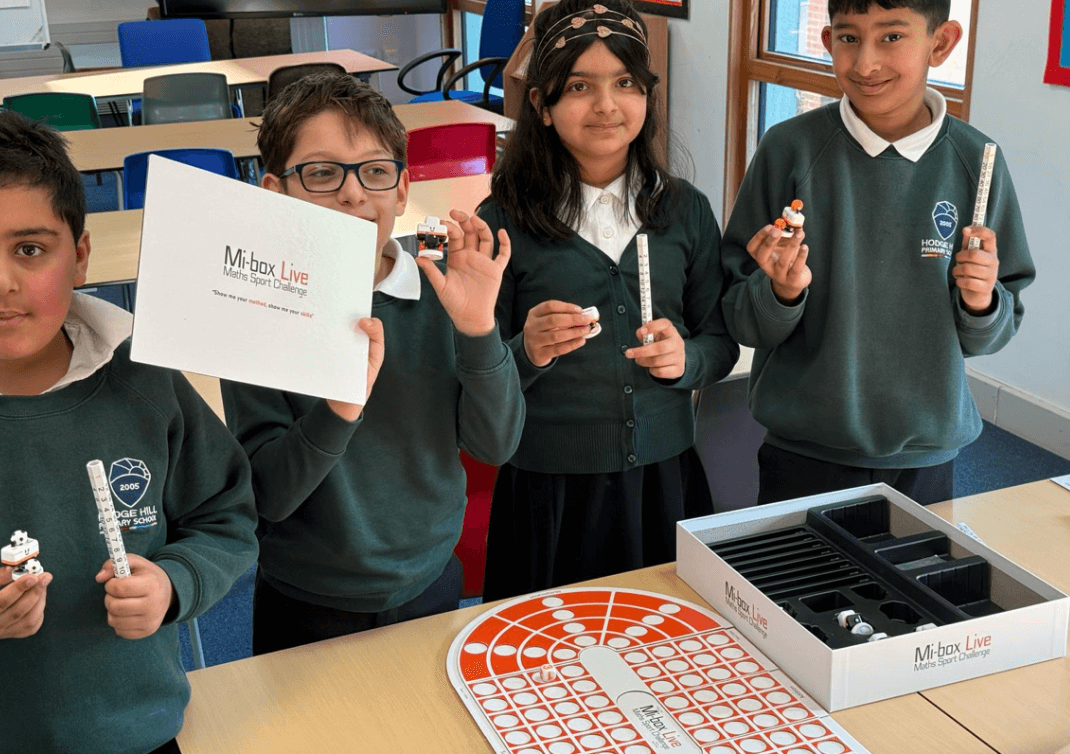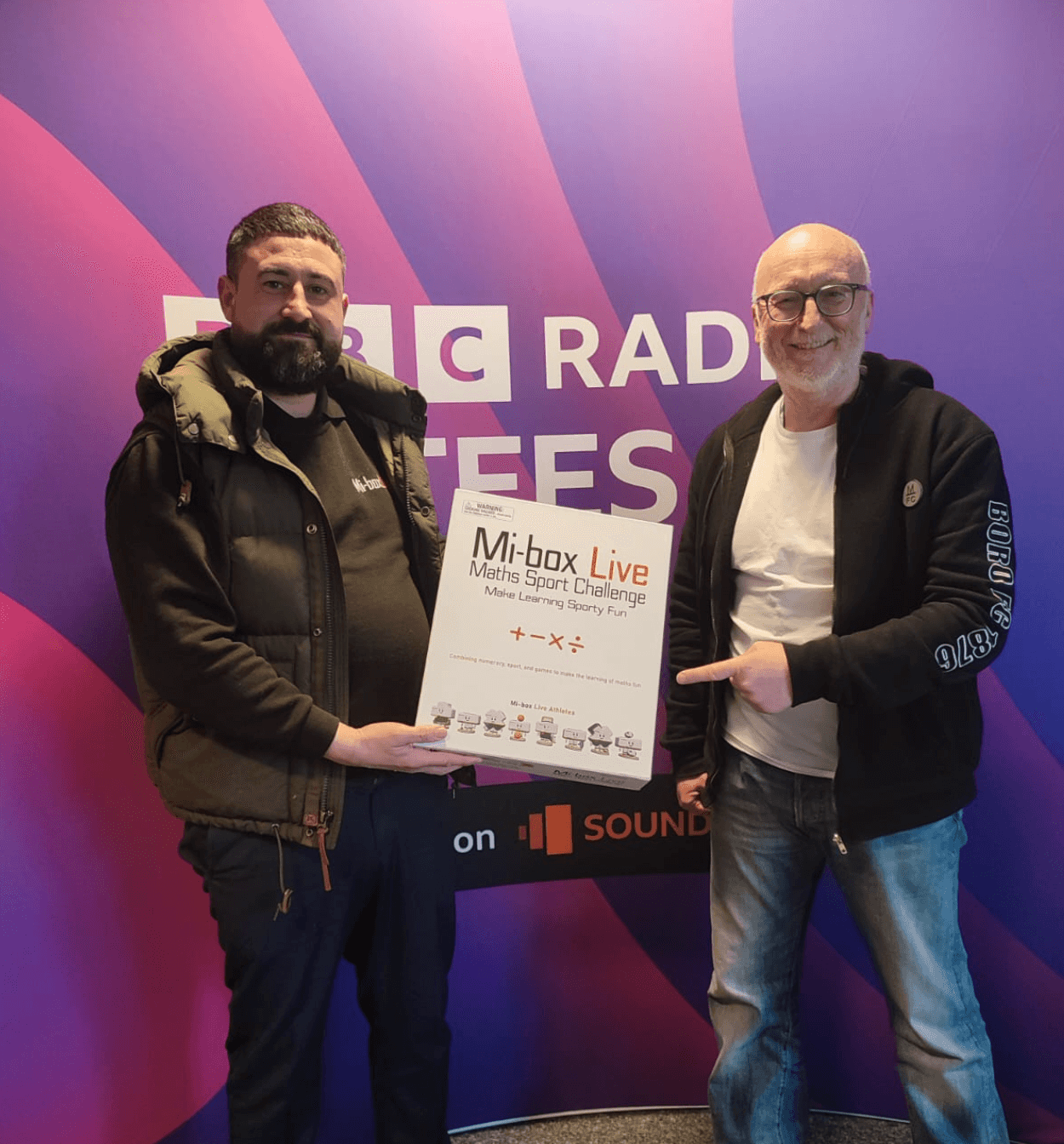Mi-Box Live, Rebuilt Right in Flutter , Not a £30k Rebuild We salvaged the database and delivered a compliant, classroom-ready iOS & Android app with smooth animations and real interactivity.
Mi-Box Live was told it needed a £30,000 rebuild. Instead, we salvaged the existing database and rebuilt the app layer in Flutter for iOS and Android, adding smooth animations, real interactivity, and a compliant release pipeline. The result is a classroom-ready, cross-platform app that finally does the job it was meant to do, without starting over.


The Problems
Mi-Box Live combines a physical board game with a digital companion to make maths engaging, but the original iOS app—built in Unreal Engine, was repeatedly rejected by the App Store and wasn’t classroom-ready. Unreal added unnecessary complexity: heavy binaries, brittle logic, limited UI flexibility, and a codebase that made small changes costly and risky. The core learning concept was strong; the implementation blocked scale. Instead of a £30,000 rebuild, we salvaged the database and content and rebuilt the app layer in Flutter for iOS and Android, delivering accurate calculations, smooth animations, responsive interactivity, and a compliant release pipeline tailored to the needs of the school market.
The Frustration
Once we took it to market, it became clear the app was not fit for purpose. The concept resonated with teachers and families, but the experience did not: sluggish interaction, inconsistent calculation logic, and crashes at the worst moments undermined lessons. Repeated iOS App Store submissions hit new compliance hurdles, blocking releases and preventing fixes from reaching users. Momentum faded, classroom trials stalled, and costs rose without meaningful progress.
The Resolution and Ongoing Support
We kept the good stuff and rebuilt the rest. The existing database and content were retained, with clean APIs wrapped around them to protect prior investment. We rebuilt the application in Flutter with a single codebase for iOS and Android, focusing on performance, accuracy, and classroom usability. Core maths logic was redesigned for determinism and reliability; animations and tactile interactions were added to make gameplay engaging and intuitive; UI components were rebuilt for accessibility and consistency across devices commonly found in schools. The release pipeline now follows a disciplined dev → test → store flow with automated checks, clear crash and error monitoring, and App Store/Play compliance baked in from the start. Teacher onboarding, pupil flows, and privacy considerations were simplified so the app is easy to adopt at a classroom scale.

